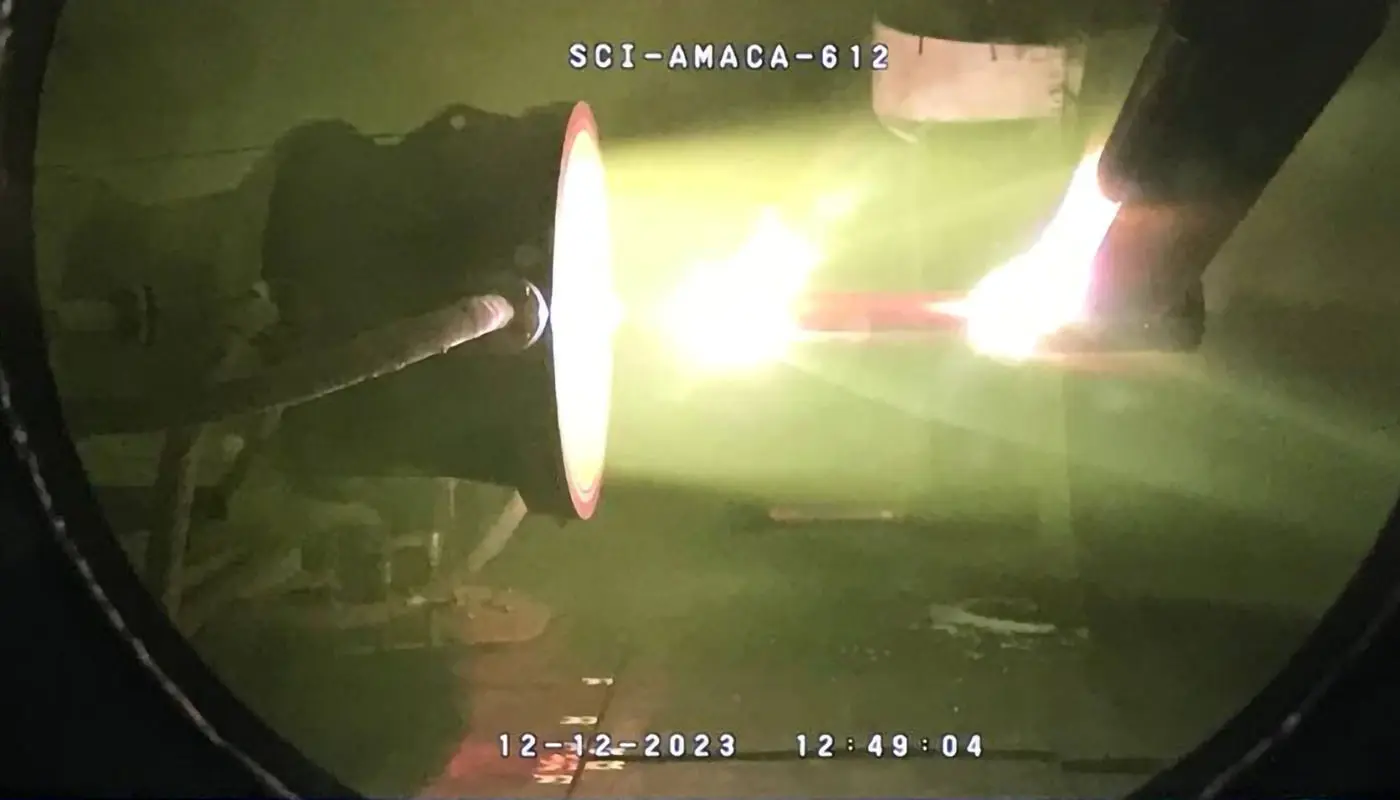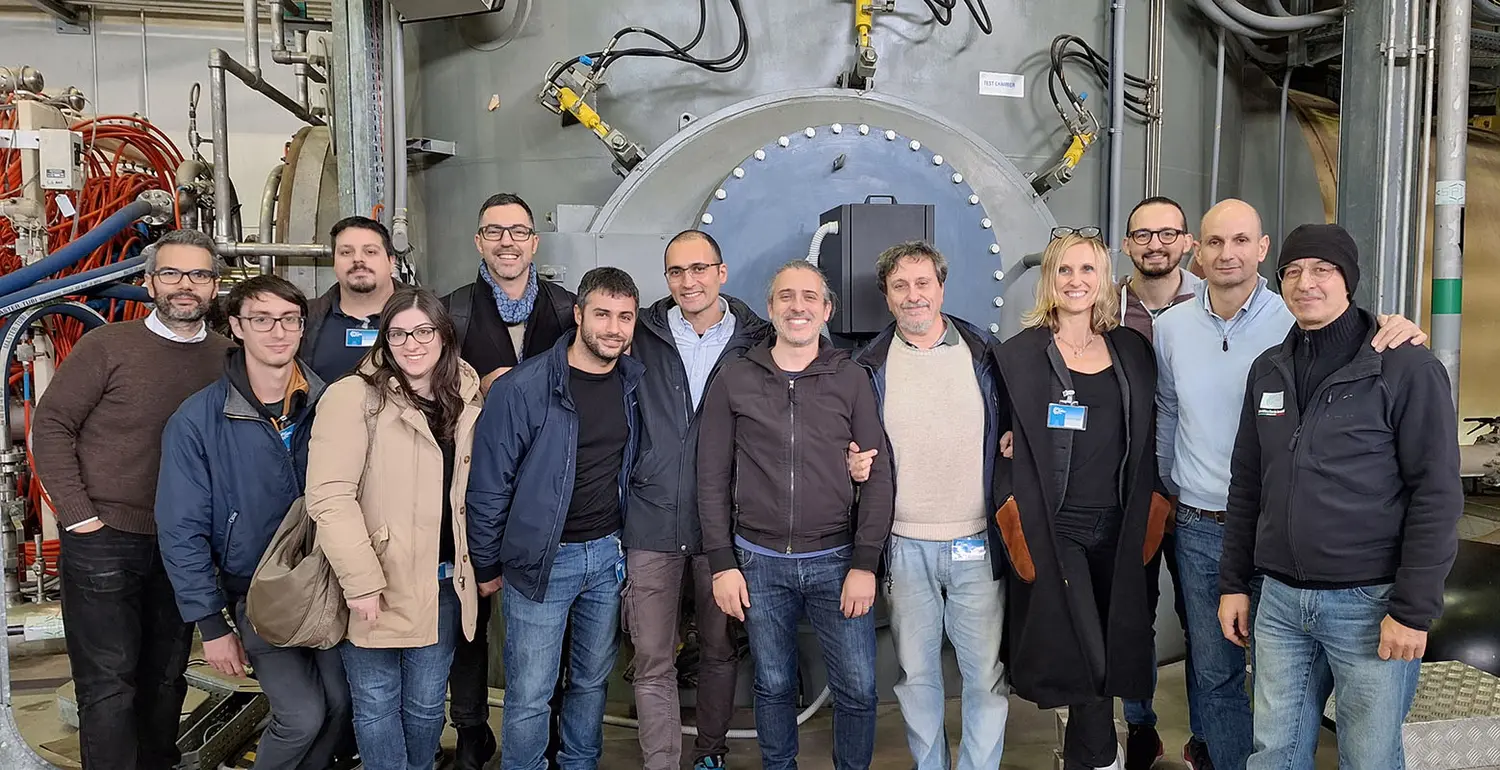ADVANCEMENTS IN REUSABLE SPACECRAFT DEVELOPMENT: THE RESULTS AM3AC2A PROJECT

Launched in 2021, the AM3aC2A project has been focused on experimental and numerical methods for developing thermostructural components using ceramic matrix composites (CMC) and ultra-high temperature ceramic matrix composites (UHTCMC).
These components can withstand temperatures ranging from 1000°C to 2000°C, typical of re-entry from space missions, hypersonic flight, and propulsion systems. CMC and UHTCMC enable the design of lightweight, rigid structures with significantly better damage tolerance compared to conventional ceramics. For such reasons they can be considered a key enabling technology for the development of reusable spacecraft.
The Italian Space Agency funded AM3aC2A, which brought together a significant partnership including the Department of Aerospace Science and Technology (DAER) at the Politecnico di Milano - the project leader - CIRA (Italian Aerospace Research Centre), ISSMC (Institute of Science, Technology, and Sustainability for Ceramic Materials Development of CNR), and Petroceramics S.p.A, a leader in ceramic matrix composite research and development. Together, they produced, characterized, modelled, and tested a significant number of specimens and structural elements in relevant environments, by exploiting specific facilities at the laboratories of CIRA and the University Federico II of Naples.

The project's results include material models predicting mechanical properties of complex structural details in the presence of defects and damage. Significant progress was made in studying the effects of thermal stresses on material behaviour and laminate delamination. Damage tolerance from impacts and oxidations was studied through experimental protocols and evaluating element performance after exposure in CIRA's plasma galleries, among the most advanced worldwide. The results confirm that these materials offer concrete possibilities for developing lightweight aerospace thermostructures tolerant to damage and provide tools for their design through modelling and identifying design values for the allowable stresses at different dimensional scales.
AM3aC2A has therefore made significant strides in developing vehicles capable of safely performing multiple missions without requiring sophisticated inspection and maintenance measures.